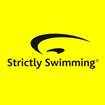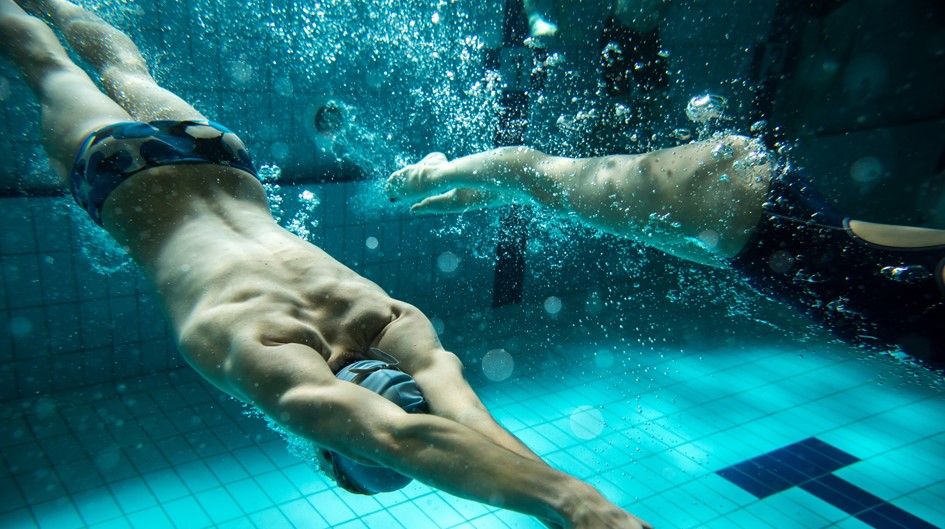|
The need for swimming drills in learning to swim correctly and efficiently has been adopted by swimmers and coaches across the world for decades. A drill can be used by adult swimmers of all levels during lessons and is simply a specific exercise that focuses on a particular aspect of a swimming stroke. By isolating one aspect of the swimming stroke, drills have proven to correct stroke technique and speed up the learning process of new skills (for both children and adult lessons). Swimming drills are designed to be progressive, teaching you one skill at a time. This progressive (stage by stage) process allows you to learn any of the four strokes at your own pace, with the knowledge that you are swimming in a controlled, emphasised manner. There are various aims and goals when using drills during lessons, including developing balance in the water, correcting body roll, increasing hold on the water amongst many others. Correcting your drills during lessons is important if you want to master an effective swimming technique. Like children, adult swimmers should learn to build up a drill progressively and slowly (with logical sequences) and increase the level of difficulty of the drill as you feel stronger and more controlled. When reverting to your regular swimming stroke, you should feel stronger, faster and swimming with less effort. Competitive swimmers train endlessly with the use of drills, as they have proven to improve swimming technique and efficiency significantly. Even adults learning to swim should and do follow the same method. Why do adult swimmers need to practice swimming drills? When we perform drills during our training or lessons, our movements are usually completely differently or exaggerated than we would normally perform during our regular swimming stroke. Old problems or bad habits in the stroke can be identified and eliminated by the sheer nature of emphasizing a stroke point during a drill. Isolating a stroke problem is vital in relearning any part of the stroke. The biggest issue in stroke correction for adults is getting the body to forget old patterns that actually feel natural (even if they are incorrect). With practice and lessons, drills can reprogram a swimmer’s action and muscle memory. Breaking down every single element into components, plus repeated practice of these components, creates this muscle memory and overcomes old habits. Training the body to replicate these actions over and over again is the ultimate goal of swimming drills. This ‘re-training’ of the body is needed on every single progression (stage) of the drill. The best way to practice swimming drills as adults It is very easy to perform a drill without a specific focus. Equally, one of the common problems of a training on swimming drills, is to focus on too many technique points. Select one technique component and focus completely on this component during a given swimming lesson. Once this is mastered, refocus on a new component on the next lesson. During your lessons, always practice your drills by swimming steadily and controlled and never rush your stroke. Be aware that a new drill can take a couple of lessons to master. The sooner you start incorporating perfect swimming drills into your routine as a beginner adult, the sooner you will gain strength, balance and power into your swimming. Our coaches and lessons will help you develop and extensive list of swimming drills that you can use during your own workouts to make you a faster, stronger swimmer. Comments are closed.
|
AUTHORPaul started competing in swimming from the age of 8 and eventually went on to represent his country all over the world. During his time at University, Paul specialised in Aquatics and the Biomechanics of Swimming and produced numerous theses on swimming performance. TOPICS
All
ARCHIVES
June 2024
|
Let's connect!
Copyright © 2024 Strictly Swimming


